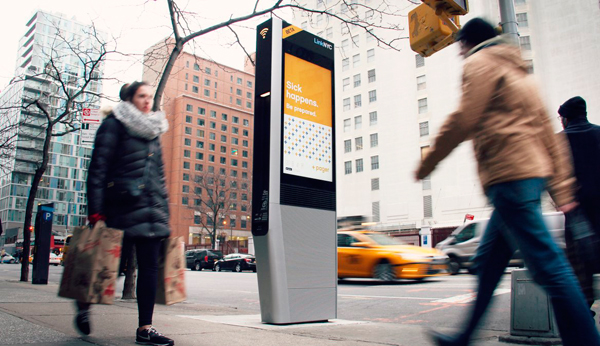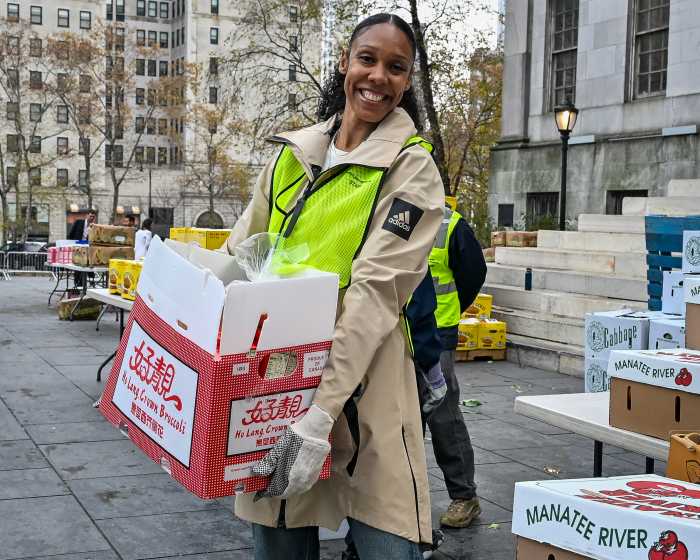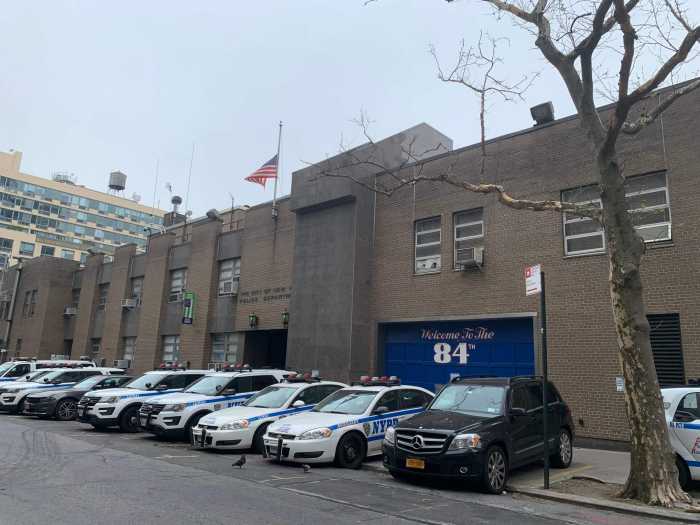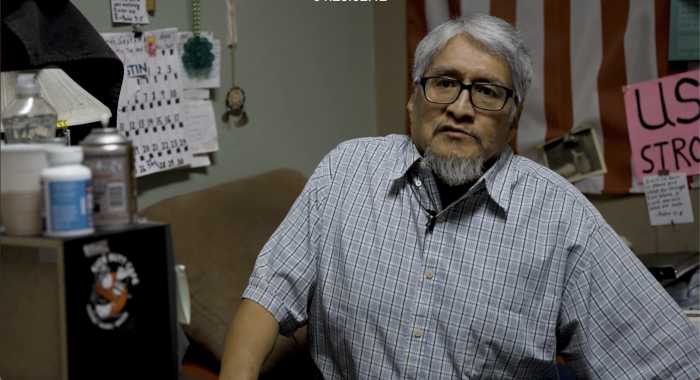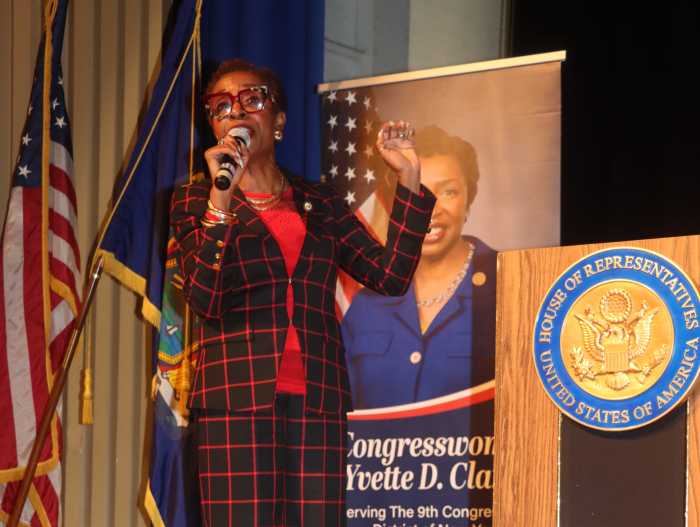What a disconnect.
Mayor DeBlasio is compromising the age-old charm of Brooklyn’s historic districts by installing flashy, advertising-heavy wifi kiosks in the old timey neighborhoods, say local homeowners and preservationists.
“They’re very modern, it does disrupt the streetscape,” said Simeon Bankoff, head of preservationist group the Historic Districts Council. “There doesn’t seem to be any concession whatsoever to the historic streetscape.”
The city is replacing old phone booths around the five boroughs with 7,500 so-called Link NYC stations, which beam out free internet, and sport charging stations and screens for phone calls and web browsing — including five in the Brooklyn Heights Historic District, four in the Cobble Hill district, and two in the Clinton Hill district, which should start popping up any day now.
Each station will stand at 9.5 feet tall — a little shorter than the height of a basketball hoop. Those on commercial strips will have 55-inch screens on either side playing ads, while those on residential streets will be blank.
The city doesn’t actually own or operate the booths. A Google-backed company is running the entire thing, and will give some ad revenue to the city — a fact that has riled up internet-freedom activists who say it is little more than a massive ad network, harvesting user data for a private company so it can sell targeted commercials.
But the brownstone boosters are more concerned with the city selling out their neighborhood aesthetics than their browsing patterns.
“I think what’s driving this program is the revenue that it’s going to generate for the company and the city,” said Peter Bray, executive director of civic group the Brooklyn Heights Association.
The critics acknowledge that the phone booths they are replacing are also modern and adorned with ads, but argue those on video screens will be far more in-your-face.
“There are going to be advertisements, so it will be changing regularly,” said Bankoff. “It becomes a visual distraction — not like when you had an old phone booth where it had just a movie poster on it.”
The city has made an effort to minimize the impact of the modern doodads in the landmarked locations. The kiosks must be installed at least 100 feet away from each other, can’t go on historic pavement or in front of individual landmarks, and the Landmarks Preservation Commission — the body that approves new structures in the protected areas — will get to okay any future kiosks beyond those replacing the phone booths.
But the fans of the antique areas say that still isn’t enough.
Bray’s group, Bankoff’s group, and representatives from other similar outfits aired their objections to the Commission at a public hearing on the structures in May, but the agency okayed them anyway.
And city officials say the agency knows best.
“[It’s] important to note that this furniture, like other street furniture, is approved by the LPC. They made the determinations,” said Maya Worman, a spokesperson for the Department of Information Technology, emphasizing that booths on residential streets won’t sport ads.
Council members did not get to vote on the plan, because they don’t get a say over phone booths. Instead, the Franchise and Review Concessions Committee — a five-person panel including DeBlasio, Comptroller Scott Stringer, and the five borough presidents sharing one vote — gave its tick of approval.
Workers were supposed to install the kiosks in Brooklyn by the end of July, but the project has run into several delays as the result of a Verizon worker strike, according to a Link NYC spokeswoman. The boxes will be up and running in the next few months, she said.



